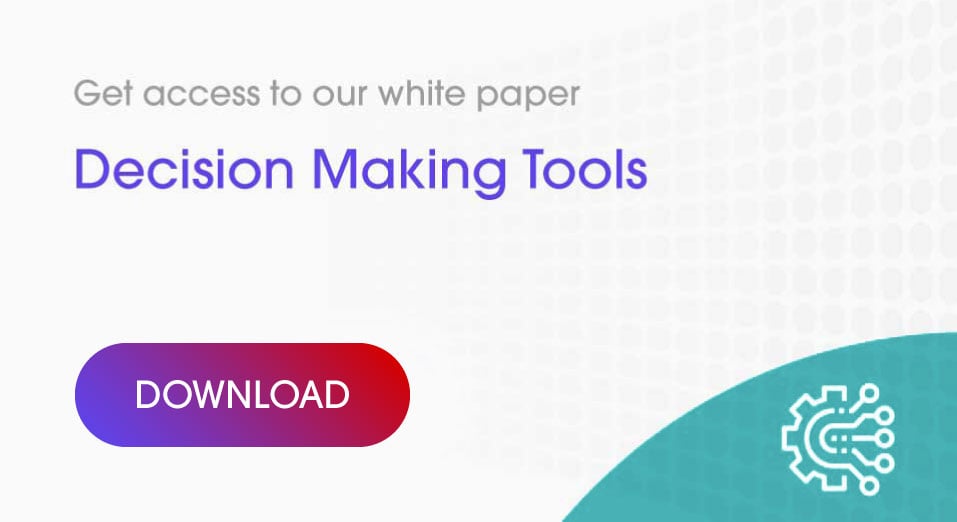Customers have myriad ways to interact with your company and/or your products and services. Synchronising the touchpoints ensures the customer can move from one to the other seamlessly.
The difference between creating a multichannel experience and an omnichannel experience is that multichannel is based on using disconnected channels, whereas omnichannel connects all the available channels: using links from one to another, embedded video from other sources, live chat agents on-demand, all with similar branding and visual clues, so that customers can move from channel to channel naturally.
How can you use omnichannel to build trust and loyalty based on personalised experiences?
From multichannel to omnichannel
- An omnichannel experience is a seamless experience across multiple channels – online, mobile, face to face, webinars, etc;
- Omnichannel should respond to the customer needs, which may differ per channel;
- Prioritise an overarching omnichannel customer experience strategy;
- Develop ‘service’ customer journeys – map them to ensure each end-to-end journey meets the customer needs and preferences;
- Content management, platform management, data collection, data management and data analytics are all critical to enhancing customer engagement.
We know that our customers are increasingly dependent upon digital channels. Individual touchpoints, anywhere in the omnichannel experience, can play a very important role in engaging customers in the longer journey. As customers can choose their entry point, each touchpoint can magnify the high level of and connectedness or an unfortunate disconnectedness.
Myth-busting
We recommend that you avoid thinking of digital channels as a way of saving money by replacing more traditional channels. Instead, use digital channels to provide new options for customers. Yes, some traditional channels may become non-preferred or non-viable due to a lack of interest by your customer base. Digital channels may simply become a more efficient way to reach those target customers. Regardless, the aim is not to replace one with the other, but rather create a seamless experience across multiple channels …as preferred by your customers.
Omnichannel does not mean a lack of human or live interaction. We believe there will always be a demand for human interactions, available at the right time in the right channel. Amazon, a leader in delivering an omnichannel experience, has demonstrated that no matter how sophisticated the back-end algorithms are in helping to customise the experience, live on-demand support remains an integral part of the highly successful service model.
An endless process
The most important element of an omnichannel experience is KNOW YOUR CUSTOMERS DEEPLY.
- Map the customer journeys and validate them;
- Continuously learn about your customers from their interactions with your ‘experience’, and…
- Find new opportunities in the journey to close gaps or enhance the experience.
Article Contributor: Melanie Brown, Managing Partner
If you are interested in our immersive learning solutions on remote engagement, contact Actando.
The Actando Consulting Team












